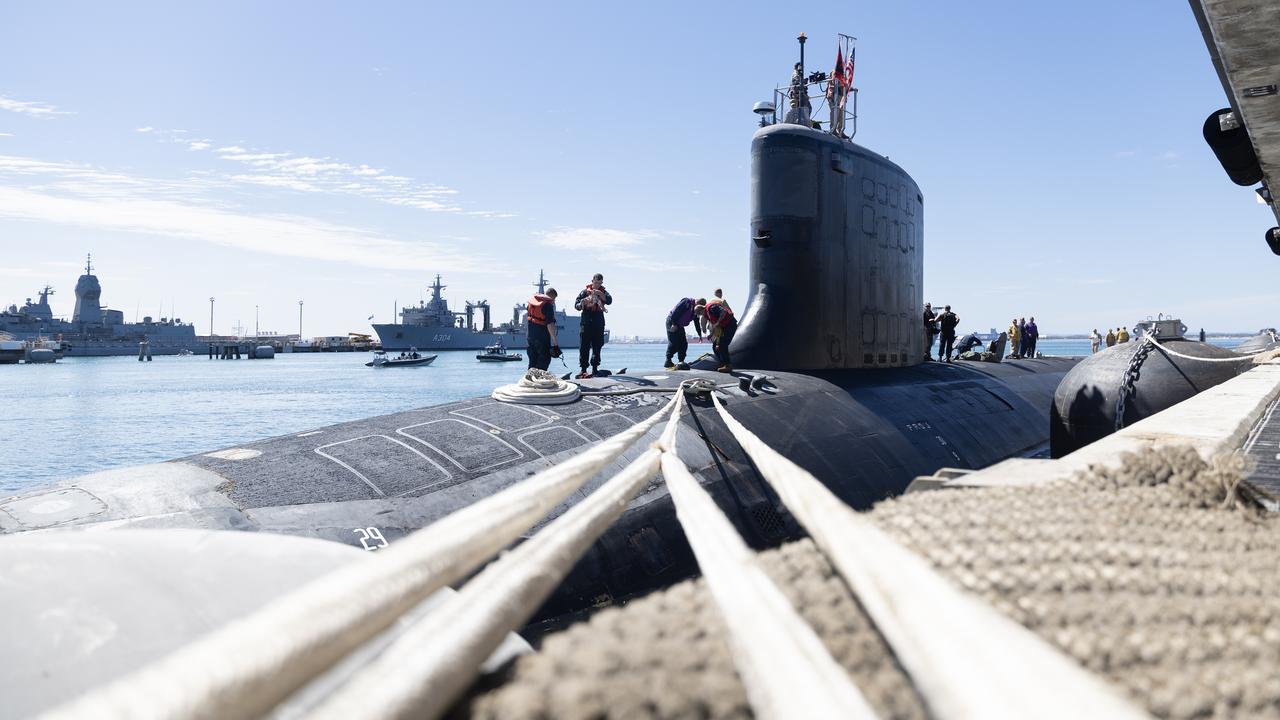Test-firing a crucial step on the road to a local missile industry
Australia is well and truly on a path to having a guided weapons production capability by the end of this decade.

Defence and Lockheed Martin Australia will conduct the first test firing of an Australian-assembled Guided Multiple-Launch Rocket System missile, or GMLRS, in 2025 as an initial step in co-production. And once the missile is in full production for the Australian Army, Australia could supply both the US Marines Corps and the army, as well as other GMLRS customers with the approval of the US government.
“We’re well and truly on a path to having a guided weapons production capability by the end of this decade,” says James Heading, the director of programs in the Strategic Capabilities Office of Lockheed Martin Missiles and Fire Controls, echoing last month’s AUSMIN 2024 Joint Statement.
The company has also signed a teaming agreement with Thales Australia to explore opportunities to advance the development and production of the solid rocket motor (SRM) for the GMLRS, potentially at the government-owned Mulwala and Benalla munitions factories.
Much of the leadership comes from Defence’s Guided Weapons and Explosive Ordnance (GWEO) enterprise, which is also funding Kongsberg’s recently announced missile manufacturing operations at RAAF Base Williamtown near Newcastle.
The GWEO enterprise is one of the crown jewels of Australian defence policy: Defence will spend $21bn building new long-range missiles in-country to transform how the ADF fights. Lockheed Martin Australia is one of three strategic partners of the GWEO enterprise – the others are Raytheon and, now, Kongsberg.
Traditionally, however, small production runs and therefore viability have been the stumbling block for Australia’s defence industry.
“The ADF are not going to order thousands and thousands of weapons every year, so to make it viable you really need that export component,” says Heading. The US government plans to increase GMLRS production rates, but that will stress the US supply chain, he points out, adding: “We aim to supplement that supply chain.”
That first test-firing will be in Australia, though no location has been selected as yet. Full production of the 70km-range GMLRS, which is fired from the truck-mounted High Mobility Artillery Rocket System (HIMARS) launcher, is still some time off, says Heading. The Australian Army will receive its first HIMARS launchers from the US early in 2025 but needs only 42 at present, so it doesn’t make business sense to build them in-country.
However, building hundreds and even thousands of GMLRS missiles, extended range GMLRS missiles and 500km range Precision Strike Missiles, or PrSM, in Australia means mass-producing them to the same quality and technical standards as Lockheed Martin achieves in the US. That will be a step up in capability for many of Australia’s small and medium enterprises.
The test-firing will be proof that the SMEs have climbed that step. It will be done under the $37m Guided Weapons Production Capability (GWPC) Risk Reduction Activity contract signed with the GWEO enterprise early in 2023. That contract, and a parallel 12-month Strategic Partner Services contract that has just been renewed, also covers Australian workforce training, the exchange of information with the US, range safety, and a thousand other things that need to be done right.
Under the GWPC Risk Reduction Activity contract, Lockheed Martin Australia will commence the fit-out in preparation for a state-of-the-art guided weapons production capability at the Defence Establishment Orchard Hills in western Sydney.
This is where Lockheed Martin Australia will start manufacturing the GMLRS, though the company is looking at a long-term production site elsewhere. A team of Lockheed Martin Australia engineers recently returned from the US where they underwent specialised training at Lockheed Martin’s guided weapons production sites. The five engineers will go back to complete their training later this year before returning to Australia to begin the manufacture of the first GMLRS outside the US.
“One of the really important things in our engagement right now is to work with Australian industry to support production around chemicals, even paints and adhesives,” Heading says.
Chemicals sound trivial, but like everything else associated with GMLRS they are made to a demanding specification: “So we’re working with industry partners to establish those supply chains, even for the small quantities we need for risk reduction.”
The aim of the manufacturing process, says Heading, is to make Australian-manufactured weapons cost-competitive, get them into the export market, and get Australian companies into Lockheed Martin’s global supply chain.
Lockheed Martin Australia has identified more than 40 SMEs that can manufacture components to the quality and in the numbers required. But the company wants suppliers that don’t depend on a single contract or single defence domain: “We’re looking for diversity – how would they continue to be viable? What other industries are they involved in?” says Heading. “We just want to be sure that they’ll be here when we need them.”


